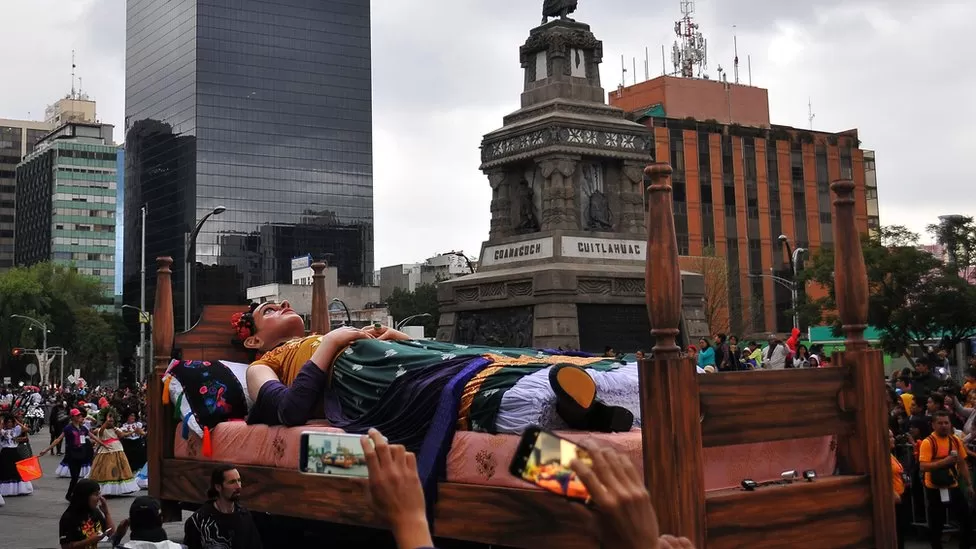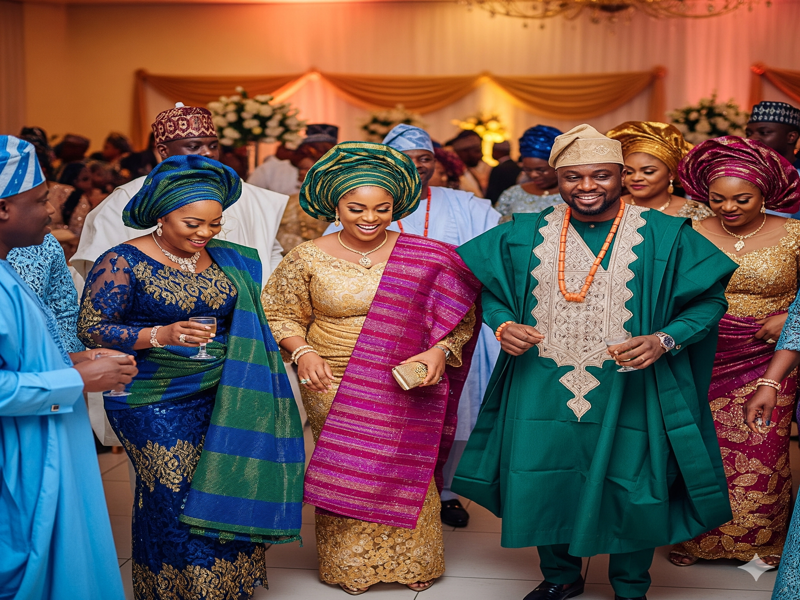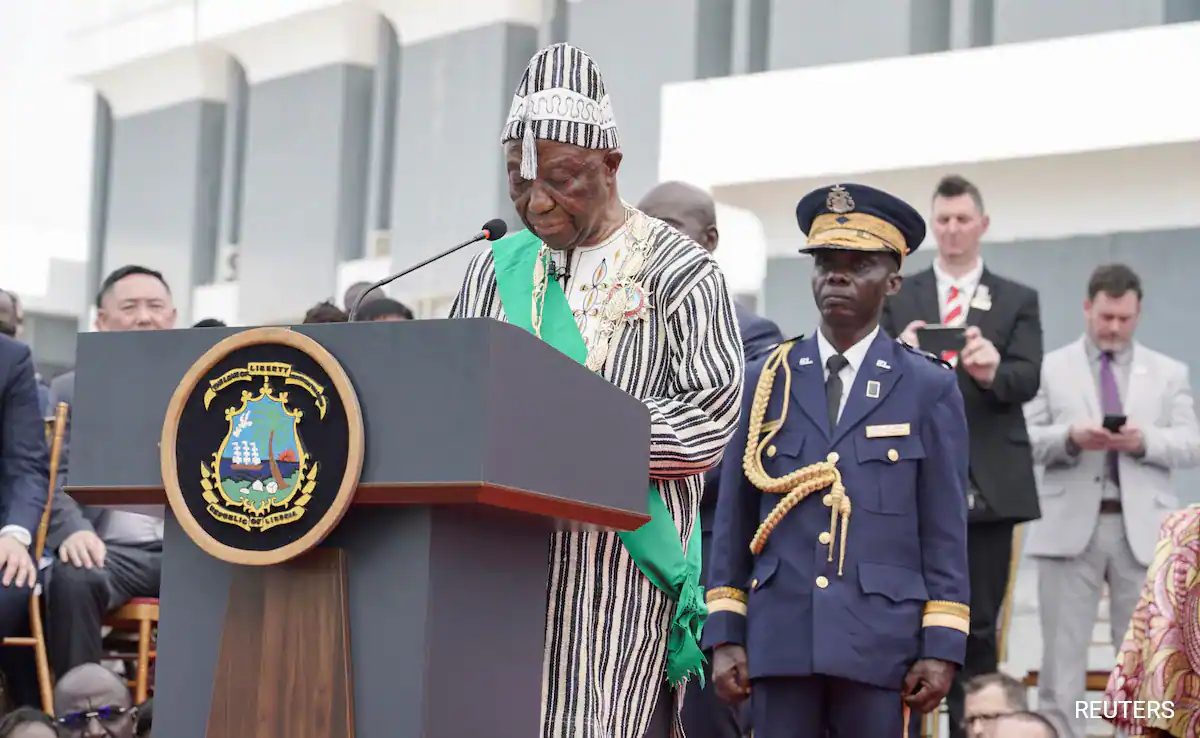You are about to learn intriguing facts about Fellowshipping with the souls of the departed in Mexico. It is an event well revered in Mexico; no wonder the respect offered to cemeteries all over the country.
A big friend of mine once shared a story that exposed why the Mexicans revered the cemetery so much. According to him, as a military tactician, he had reason to travel to Mexico for an event. As they arrived, they were driven straight to their hotel, which had five-star facilities but was situated in the middle of a cemetery.
He was, however, too perturbed because it was an unusual phenomenon for him, but to the Mexicans and the like, it is a special season of reverence and reflection for their dead.
The Day of the Dead festival celebrates the spirits of the deceased and is always held on the 1st and 2nd days of the month of November. Coincidentally, it falls around 24 hours after the popular Halloween celebration in the United States.
Get ready to discover some incredible facts that may amaze you.
1: It Coincides with a popular Church event
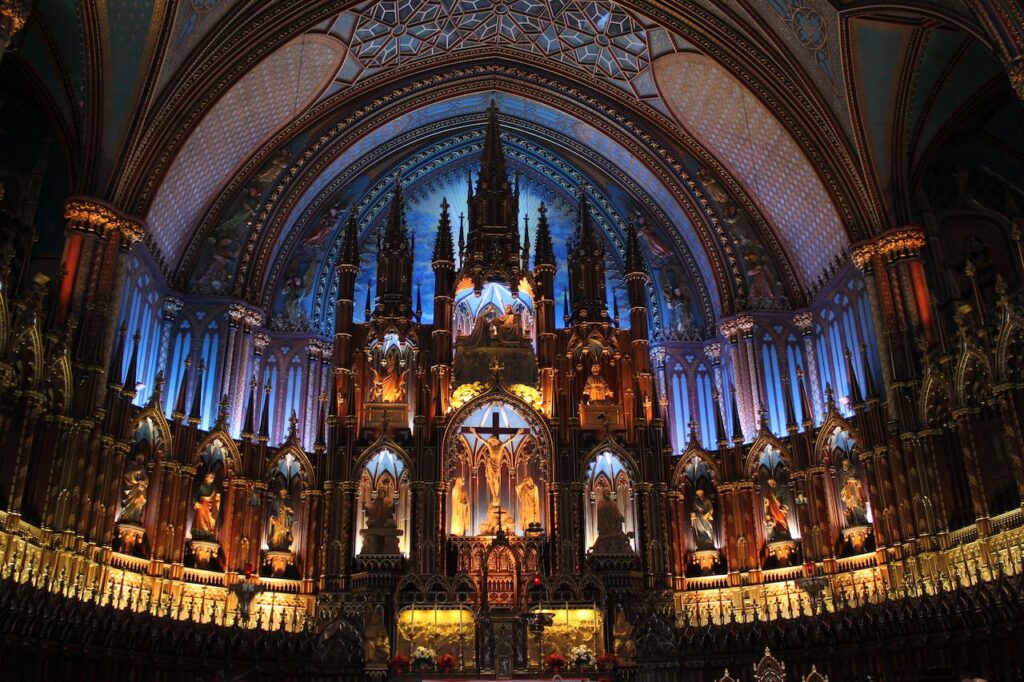
Interestingly, this world-renowned event is believed to weave tradition and Catholicism together. Surprisingly, this Day of the Dead event coincides with an annual church event called All Saints Day.
This is due to the fact that the day designated for the celebration known as “The Day of the Dead” falls on November 2, which is also the day of the annual church holiday known as “All Saints Day” or “All Souls Day.”
This has however given rise to certain comments that the Day of the Dead may have some religious acceptance especially because the most predominant Christian denomination is Catholicism.
2: Facts about the cemetery as a venue of celebration
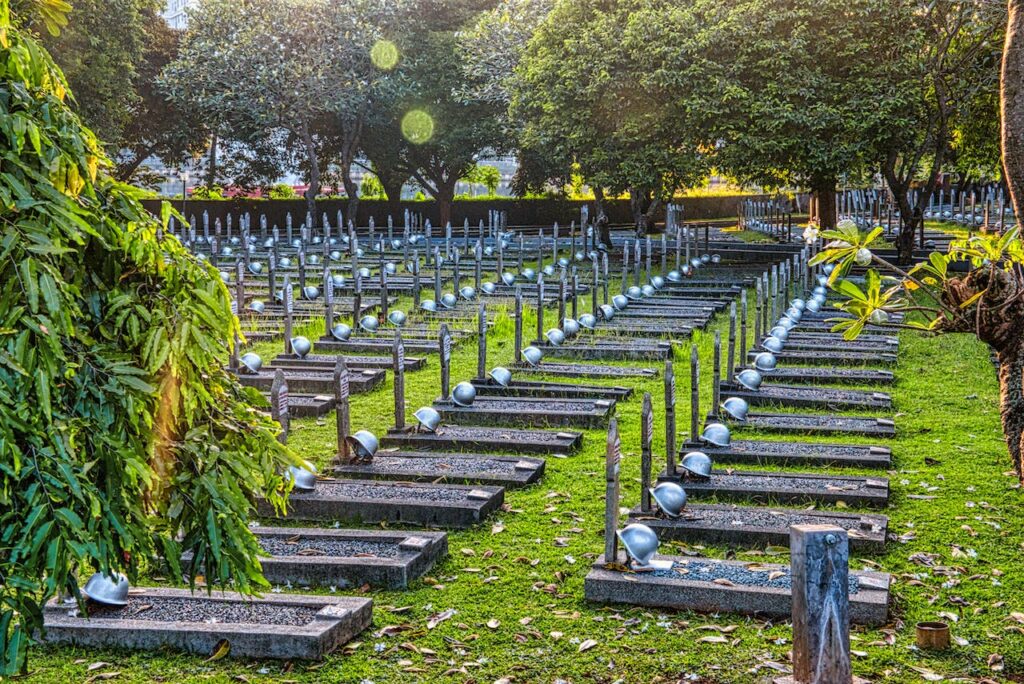
The venue of this annual festival is the cemetery, which is why families visit the cemeteries where their departed loved ones have been buried to spend time with them. There, they share laughter instead of tears; they share food and drinks instead of mourning. It is an entire day of joyful celebration spent among the spirits of those who are dead.
The Mexican people believe through this event that death is a normal part of life and that their loved ones’ spirits are still with them, guiding and guarding them. With this assertion, you can now imagine the atmosphere that greets the festivals.
3: Preparation of Altars for the dead
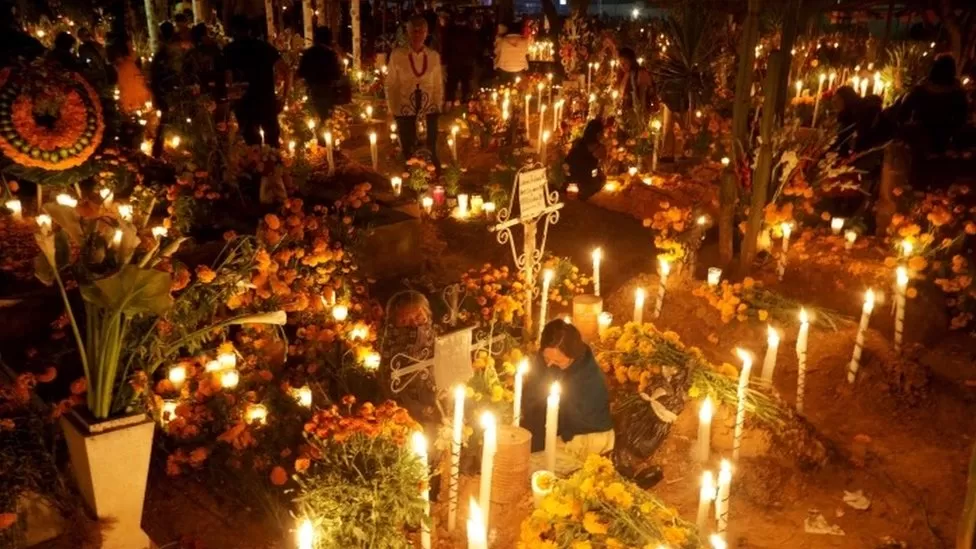
An altar is synonymous with religious activities; it can be defined as an extended platform on or from which religious rituals are performed. During the Day of the Dead, altars, also known as Ofrendas in their local dialect, are built, particularly in homes where the festival is celebrated.
At the event, It is believed that the altar is the meeting point between the living and the dead. This is why the food, drink, and all other offerings are laid on the altars so the dead can have access to them during their fellowship on that day.
The altar is treated as sacred and not with any sort of levity; it is well decorated with stacks of candles, flowers, bright marigolds (a.k.a. Cempasuchil), and fruits.
4: Facts about The skeletons of Calaca and Catrina
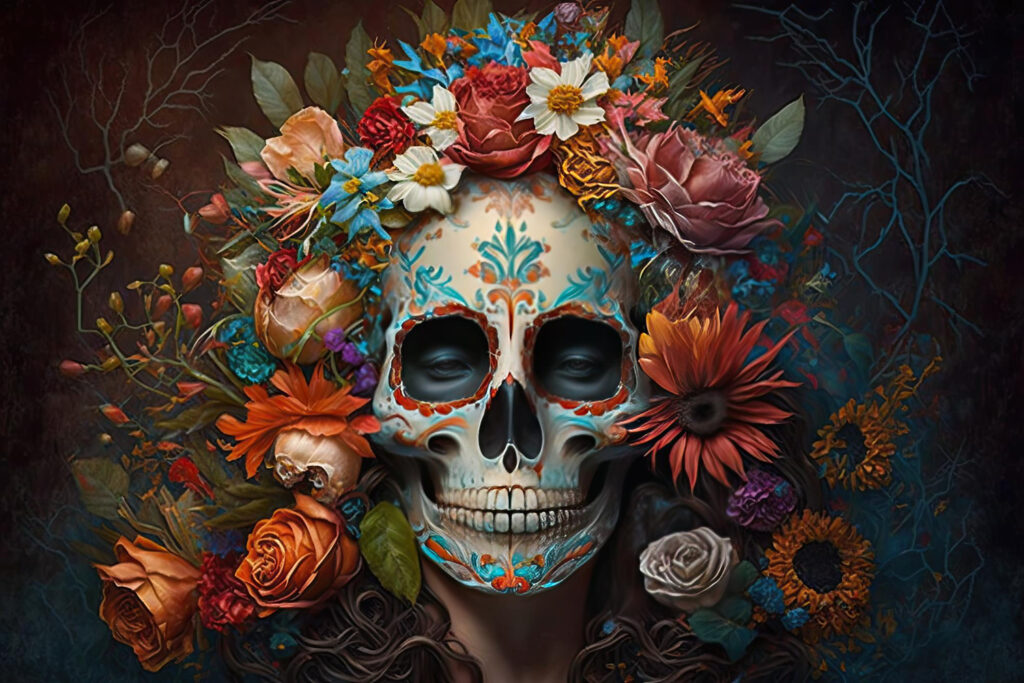
The skeletons called Calacas and Catrina are symbols and representations that play very prominent roles on the day of the event. The Calaca, a skeletal figure signifying death, is also a known symbol for the event. The significance of these bright and colourful skeletons, frequently shown engaged in different activities, is that they serve as a reminder of the inevitable nature of death and the value of embracing life.
On the other hand, Catrina is a fashionable skeletal woman and another well-known image at the event. Catrina represents the event and the principle that everyone is treated equally in the face of death; in other words, death does not discriminate.
5: Facts about Preserving Cultural Heritage and Identity
With the way this festival is celebrated, there are no indications that it will ever get adulterated with a mix of foreign cultures, as seen in some other festivals in some parts of the world. This means that the Day of the Dead event has transcended many generations and does not have a plan to go into extinction.
The authorities have used this as a tool to pass down essential cultural knowledge and beliefs, as well as values, from generation to generation. Furthermore, it has enabled many people to feel and possibly trace their ancestors’ connections, resulting in a sense of identity.
In conclusion, the Day of the Dead celebration will remain one of the world’s most respected festivals in history and has been recognized by UNESCO as a world Heritage event, referred to as UNESCO Intangible Cultural Heritage

